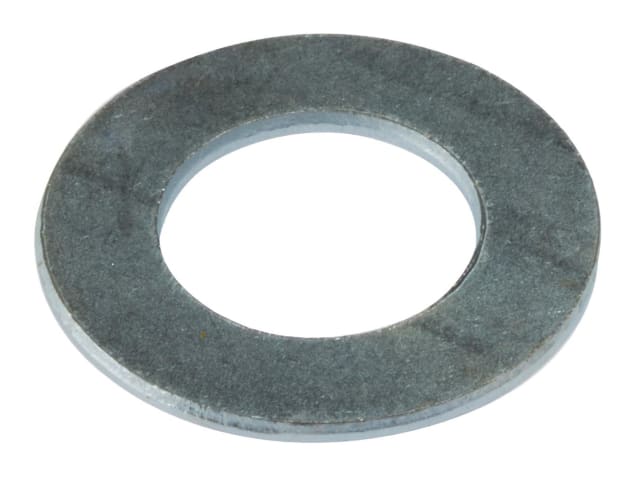What Is The Purpose Of Washers With Screws?
When you are installing or fastening an object, your key objective is to ensure the items you are connecting together are safe and secure. That needs to be for now and also for the long term. The main factors in objects not being safely connected are the weight of the objects, how tightly they are connected, whether they can work loose through movement and whether foreign materials can come into contact to destabilise the connection.
and secure. That needs to be for now and also for the long term. The main factors in objects not being safely connected are the weight of the objects, how tightly they are connected, whether they can work loose through movement and whether foreign materials can come into contact to destabilise the connection.
In all these four scenarios, the use of a washer works to maintain a safe and secure connection. But because a washer is not driven into the materials being connected, simply placed between them in most cases, many people don’t understand what purpose they serve.
What is a washer?
Primarily, a washer is a circular thin plate with a hole in the centre, which is placed in between a screw and nut assembly and the object being connected. There are many different types of washer, most are flat, but they can also be sprung, helical, conical or toothed. Washers vary in thickness and size, depending on the application they are needed for. They also come in different materials. The most common types of washer are steel or stainless steel, but washers can also be rubber or plastic.
A washer is critical to the successful assembly of some parts and installations, and if you don’t use a washer you can find that your assembly or installation has a shorter lifespan, or can fail to cause damage or injury.
What are washers used for?
There are four main purposes of a washer, which is why they are known as a multi-purpose type of fastener.
Load distribution
A washer will distribute the load of a threaded fastener – such as a bolt, nut or screw – before it is driven into the surface of an object. So the washer sits between the screw and the object so that weight and pressure is evenly distributed. The washer therefore protects the object from damage, because there is not a single point of contact. This is particularly important for softer materials such as wood, where the washer prevents the wood from cracking when the screw is inserted. The washer also prevents the screw head from damaging the surface of the two fastened parts. Screws will stress the material they are being driven into and the washer reduces this stress and therefore also the risk of damage.
Spacing
Using a washer for spacing serves two purposes. Firstly, if you are using a screw with a thread that is longer than the thickness of the object being driven into, a washer prevents the screw protruding from the other side of the object. So if you had a 25mm screw going into a 20mm thick piece of wood, a 5mm washer would leave the end of the screw flush. This looks aesthetically better and is also safer. The other purpose of using a washer for spacing is where there is a danger that the screw assembly isn’t tight enough. Inserting a washer between a screw and nut assembly and the object being driven into, increases the distance between the two items and therefore increases the leverage which can be applied when tightening the screw. This means you can create a tighter joint.
Vibration absorption
Where the screw is securing an object that vibrates or moves, this can loosen the connections over time, particularly in an industrial situation where a part vibrates aggressively. Using a washer in this scenario will provide vibration absorption and hence will maintain the tight connection initially applied. In this case you would not use a metal washer, but a softer material such as rubber, because rubber would act to dampen any vibration.
Liquid seal
Some fasteners need to be waterproof or provide protection from other liquids, such as oil. In this case a washer will provide a seal to protect the screw and nut assembly and prevent any leakage. This could damage the assembly and cause corrosion. Washers are most commonly used to protect from water in water pipes and other connectors.
Choosing the right washer
The main variable in choosing the right washer is the thickness of it. In general, a thicker washer will provide a tighter assembly, because of the spacing factor explained above and how a thicker washer provides more leverage to tighten the screw. A thinner washer, however, will be better for providing a waterproof seal, and won’t be as effective in providing a tight seal, though will be sufficient for many smaller applications.
Choosing a washer that is too large or too small will affect the effectiveness of the joint you are looking to achieve. It is also advised to grease a washer in some applications, prior to installing it. This makes it easier to fasten in place and helps to prevent corrosion. If you require any advice on washers and how they work with different types of screw, then contact our sales team at MB-Direct.